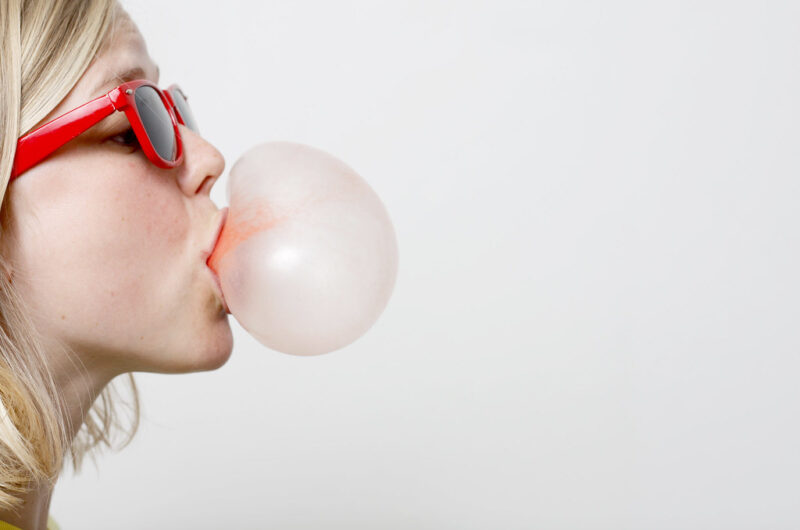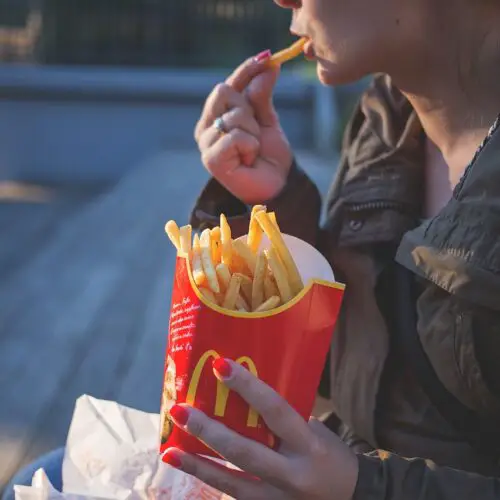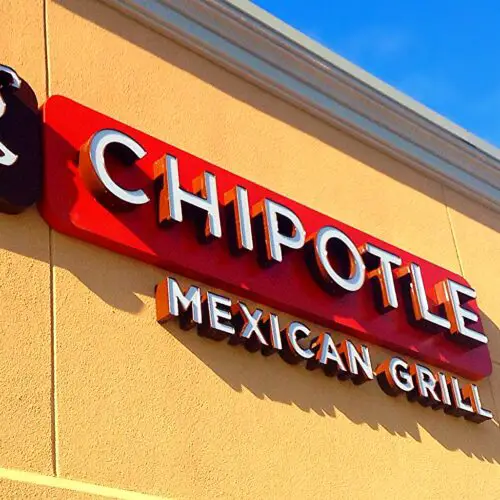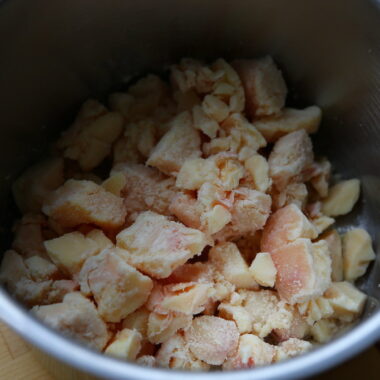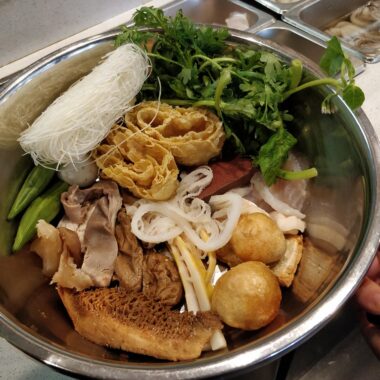Chewing gum is a beloved pastime for millions worldwide, offering a quick burst of flavor, a stress-relieving chew, or a breath-freshening boost. However, growing concerns about environmental and health issues have cast a spotlight on an unexpected culprit in many gum products: microplastics. These tiny plastic particles, often smaller than 5 millimeters, have been found in various consumer goods, including some chewing gums, raising questions about their impact on human health and the environment. For eco-conscious consumers and health-minded individuals, finding gum free of microplastics has become a priority. This article explores what microplastics are, why they’re in chewing gum, their potential risks, and, most importantly, which gums are free of these concerning particles.
Understanding Microplastics in Chewing Gum
Microplastics are small plastic fragments that originate from larger plastics breaking down or are intentionally manufactured for use in products. In chewing gum, microplastics often appear as part of the gum base—the chewy, insoluble component that gives gum its texture. Traditionally, gum base was made from natural sources like chicle, a sap harvested from the sapodilla tree. However, modern industrial gum production frequently relies on synthetic polymers, such as polyvinyl acetate, polyethylene, and polyisobutylene, to create a consistent, long-lasting chew. These synthetic materials are, in essence, forms of plastic, and some break down into microplastics during production, use, or disposal.
The inclusion of plastics in gum base isn’t always transparent. Manufacturers often list “gum base” as a single ingredient on packaging, without detailing its composition. This lack of specificity makes it challenging for consumers to know whether their gum contains plastic-derived materials. Additionally, microplastics can enter gum through other additives, like softeners or coatings, further complicating the issue.
Why Are Microplastics a Concern?
Microplastics pose environmental and health risks that have spurred global concern. Environmentally, discarded gum contributes to plastic pollution. Chewing gum is notoriously sticky and non-biodegradable when made with synthetic bases, often ending up on sidewalks, in waterways, or in landfills. Over time, these plastics degrade into smaller fragments, adding to the microplastic load in ecosystems. Marine life and birds frequently ingest microplastics, mistaking them for food, which can lead to starvation, toxicity, or reproductive issues. These particles also accumulate in the food chain, potentially affecting humans who consume seafood.
From a health perspective, the implications of ingesting microplastics are still being studied. Since chewing gum is not typically swallowed, direct ingestion of microplastics from gum is minimal. However, small amounts of gum base components can dissolve or break off during chewing and be swallowed inadvertently. Microplastics have been found in human tissues, including the bloodstream, lungs, and even placentas, suggesting they can cross biological barriers. Potential risks include inflammation, oxidative stress, or the transfer of toxic chemicals like phthalates and bisphenol A, which can adhere to microplastics. While definitive evidence linking gum-derived microplastics to specific health outcomes is limited, the precautionary principle drives many to seek plastic-free alternatives.
The Challenge of Identifying Plastic-Free Gum
Finding gum without microplastics is no simple task. Most major gum brands, including those dominating supermarket shelves, use synthetic gum bases that likely contain plastic polymers. Labels rarely disclose the exact makeup of the gum base, and terms like “natural” or “organic” don’t necessarily guarantee a plastic-free product. To identify microplastic-free gum, consumers must look for brands that explicitly use natural, biodegradable gum bases, such as chicle or other plant-based saps, and avoid synthetic additives.
Fortunately, a growing number of companies are responding to consumer demand for sustainable, health-conscious products. These brands prioritize transparency, eco-friendly ingredients, and biodegradable formulations, making it easier to chew with peace of mind. Below, we explore several gums that are free of microplastics, based on their use of natural gum bases and commitment to avoiding synthetic plastics.
Microplastic-Free Gum Brands
- Simply Gum
Simply Gum is a standout in the plastic-free gum market, known for its minimalist ingredient list and commitment to sustainability. The brand uses chicle as its gum base, sourced from sapodilla trees in Central America, ensuring a biodegradable and plastic-free product. Simply Gum avoids synthetic polymers like polyvinyl acetate and polyethylene, as well as artificial sweeteners and flavors. Its products are non-GMO, kosher, and vegan, appealing to a wide range of consumers.
Popular flavors include peppermint, spearmint, and ginger, all sweetened with organic cane sugar or maple syrup. Simply Gum is packaged in recyclable materials, further reducing its environmental footprint. The brand’s transparency about its ingredients and sourcing makes it a reliable choice for those seeking microplastic-free gum.
- Glee Gum
Glee Gum is another chicle-based option that prioritizes natural ingredients and eco-friendliness. Like Simply Gum, Glee uses chicle harvested sustainably from sapodilla trees, avoiding synthetic plastics in its gum base. The brand offers both sugar-free and sweetened varieties, with sugar-free options using xylitol, a natural sweetener derived from birch trees. Glee Gum is free of artificial colors, flavors, and preservatives, and its packaging is designed to be recyclable.
Glee Gum’s flavors, such as tangerine, cinnamon, and bubblegum, cater to diverse tastes. The company also emphasizes fair trade practices, supporting communities involved in chicle harvesting. For consumers concerned about microplastics, Glee Gum’s natural formulation and biodegradable properties make it a solid choice.
- PUR Gum
PUR Gum focuses on health-conscious consumers, offering a plastic-free, aspartame-free, and vegan chewing gum. Its gum base is made from natural ingredients, avoiding synthetic polymers like polyethylene or polyisobutylene. PUR uses xylitol as its primary sweetener, which is known for promoting dental health by reducing cavity-causing bacteria. The brand’s flavors, including pomegranate mint and coolmint, are derived from natural sources.
PUR Gum is also free of common allergens like nuts, soy, and gluten, making it accessible to those with dietary restrictions. Its commitment to non-GMO ingredients and biodegradable packaging aligns with the values of environmentally aware consumers. While PUR doesn’t use chicle specifically, its natural gum base ensures it remains microplastic-free.
- Chicza
Chicza is a unique organic gum brand that hails from Mexico, where chicle has been used for centuries. Made from 100% organic chicle, Chicza is biodegradable and free of synthetic plastics. The gum is produced by a cooperative of chicleros (chicle growers) in the Mayan rainforest, supporting sustainable harvesting and local economies. Chicza’s flavors, such as spearmint, lime, and cinnamon, are naturally derived, and the gum is sweetened with organic agave syrup.
Chicza’s environmental credentials are impressive: it’s certified organic, rainforest-friendly, and fully compostable. The gum breaks down naturally in the environment, unlike plastic-based gums that persist for years. For those seeking an authentic, microplastic-free chewing experience, Chicza delivers both tradition and sustainability.
- True Gum
True Gum, a European brand based in Denmark, markets itself as a plastic-free, plant-based alternative to conventional gum. Its gum base is derived from chicle sap and other natural resins, avoiding synthetic polymers. True Gum is vegan, palm oil-free, and sweetened with stevia or xylitol, catering to health-conscious chewers. Flavors like raspberry-vanilla and strong mint emphasize natural ingredients without artificial additives.
True Gum’s packaging is plastic-free, using compostable pouches made from plant-based materials. The brand’s commitment to transparency includes detailed information about its supply chain and environmental impact. For those in Europe or ordering online, True Gum is an excellent microplastic-free option.
How to Choose the Right Plastic-Free Gum
When selecting gum without microplastics, consider the following tips:
Check the Gum Base: Look for brands that use chicle or other plant-based saps instead of synthetic gum bases.” If the label doesn’t specify, contact the manufacturer for clarification.
Prioritize Transparency: Brands that openly discuss their ingredients and sustainability practices are more likely to offer plastic-free products.
Consider Sweeteners: Natural sweeteners like xylitol, cane sugar are preferable to artificial ones like aspartame, which may be processed with plastic-derived chemicals.
Evaluate Packaging: Opt for biodegradable or recyclable packaging to minimize environmental impact.
Support Ethical Brands: Choose companies that prioritize fair trade, organic, or sustainable practices for a positive social and ecological footprint.
The Bigger Picture: Reducing Microplastic Exposure
Switching to microplastic-free gum is just one way to reduce your exposure to these pervasive particles. Microplastics are found in many everyday products, from cosmetics to bottled water, clothing, and even toothpaste. Adopting a broader approach to minimizing plastic use—such as choosing reusable containers, filtering tap water, and supporting legislation to curb plastic pollution—can amplify the impact of your choices.
Additionally, raising awareness about microplastics in chewing gum can pressure manufacturers to reformulate their products. Consumer demand has already driven some brands to revert to natural gum bases, proving that collective action matters. Sharing information about plastic-free gums with friends, family, or on platforms like X can inspire others to make informed choices.
Conclusion
Chewing gum doesn’t have to come with a side of microplastics. By choosing brands like Simply Gum, Glee Gum, PUR Gum, Chicza, and True Gum, you can enjoy a satisfying chew without contributing to plastic pollution or risking potential health concerns. These companies demonstrate that it’s possible to create delicious, sustainable gum using natural, biodegradable ingredients like chicle. As awareness of microplastics grows, more brands may follow suit, offering consumers greater access to plastic-free options.
In the meantime, take control of your chewing habits by reading labels, supporting ethical brands, and advocating for transparency in the gum industry. Every small choice counts in the fight against microplastic pollution, and your next piece of gum can be a step toward a cleaner, healthier future.
